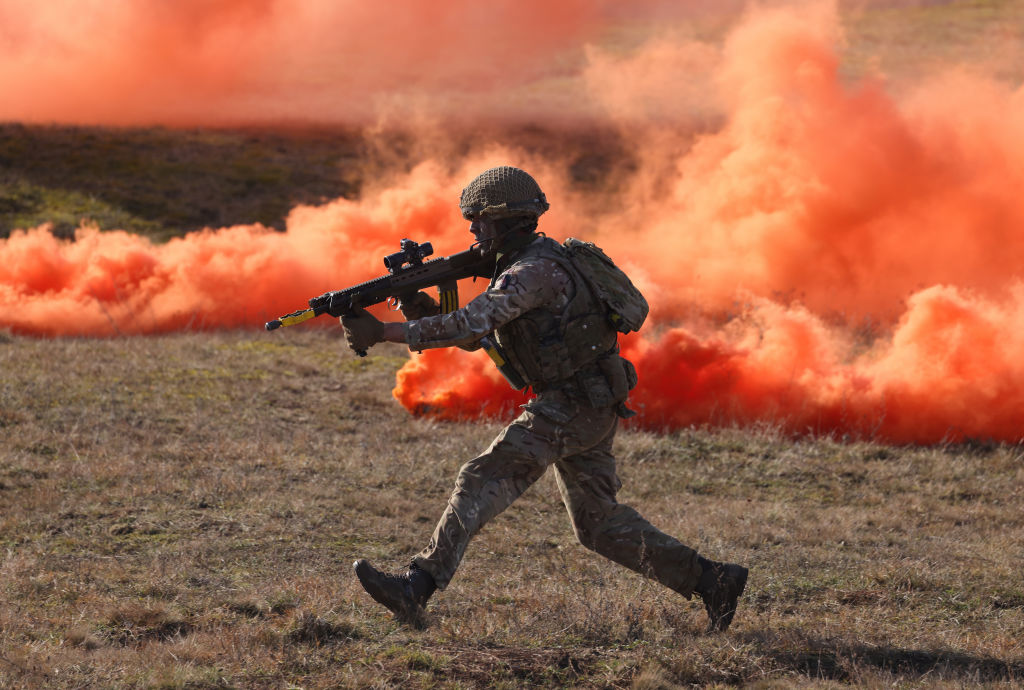Last week, the new head of the Army, General Sir Roly Walker, warned that war may be much closer than we think. Is our military ready? Two years ago, a syndicate of young officers published an article on the extreme shortage of division and brigade-level training in the British Army. Since then, the amount of larger-scale training has improved somewhat, despite a general resource shortage, but a form-filling safety regime has developed in our armed forces in the past decade which makes our army less combat ready.
It’s worth first understanding how safety works in the British Army. In recent years, several fatal accidents have been reported in its operations. Statistics are no comfort to a grieving family, but, since withdrawal from Afghanistan, the armed forces have become a significantly safer environment than the civilian world. Service personnel are 56 per cent less likely to die each year than their civilian peers.
The armed forces are subject to the same health and safety legislation as businesses (except where the Secretary of State explicitly waives it) but there cannot normally be criminal prosecutions when accidents occur.

Get Britain's best politics newsletters
Register to get The Spectator's insight and opinion straight to your inbox. You can then read two free articles each week.
Already a subscriber? Log in







Comments
Join the debate for just £1 a month
Be part of the conversation with other Spectator readers by getting your first three months for £3.
UNLOCK ACCESS Just £1 a monthAlready a subscriber? Log in